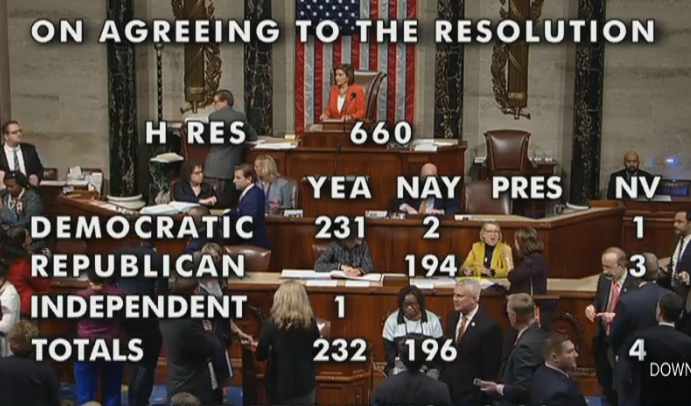WACO, Texas (July 2, 2012) – Methamphetamine abuse leads to an increase in child abuse and neglect, which causes an increase in foster care admissions, according to a study from Baylor University.
The study, published online in the journal Economic Inquiry, found that a 1 percent increase in meth use led to a 1.5 percent increase in foster care admissions. It is the first study to provide evidence for meth abuse’s causal effect on foster home admissions.
Follow this link to read the entire study: https://onlinelibrary.wiley.com/doi/10.1111/j.1465-7295.2012.00481.x/full
“Our findings suggest strongly that the social costs of parental meth use include child maltreatment and growth in foster care placements,” said Scott Cunningham, Ph.D., study co-author and assistant professor of economics at Baylor University’s Hankamer School of Business. “To address this, child welfare policies should be designed specifically for the children of meth-using parents.”
To measure the effect of meth use on foster care admissions, Cunningham and co-author Keith Finlay, Ph.D., assistant professor of economics at Tulane University, collected monthly data on foster care admissions and exits, meth drug treatment admissions, retail meth prices, and a variety of other potentially relevant factors from January 1995 to December 1999.
The study centered on federal laws that severely restricted two key ingredients used to produce methamphetamine: ephedrine, which was restricted in 1995, and pseudoephedrine, which was restricted in 1997.
|
|
“The consequence of each policy was to cause a temporary scarcity of methamphetamine in the market, driving prices up and purity down,” Cunningham said.
The 1995 restriction caused a dramatic spike in meth prices, but the effect was relatively short lived. After six months, prices returned to their pre-restriction level. The 1997 regulation had a smaller but more sustained effect on prices–lasting approximately a year.
“Public health professionals have observed these large social costs of methamphetamine production and use,” Finlay said. “Our paper is one of the first to provide plausible causal evidence of these effects that are not borne by users but by children.”
The study used foster care enrollment data from the Adoption and Foster Care Analysis and Reporting System (AFCARS), a federally mandated database that aggregates detailed case information on each child in foster care and each child who has been adopted under the authority of all state child welfare agencies. AFCARS also indicates whether a child was removed as a result of neglect, physical abuse, parental drug use or parental incarceration.
The U.S. foster care population increased from approximately 280,000 to 408,000–a rise of over 45 percent due primarily to increased admissions in the 1980s and 1990s. According to the U.S. Department of Health and Human Services, from 1986 to 2010, there was a stark increase in the foster care population from the mid-1980s to the late 1990s caused by a rapid growth in entry with no associated uptick in exit.
From August 1995 to December 1995, white meth treatment self- admissions fell 26.5 percent due to the 1995 ephedrine regulation. The drop was temporary since drug producers substituted pseudoephedrine and meth self-admissions grew 25.6 percent from December 1995 to February 1998. That growth caused 2,257 children to enter foster care, according to the researchers.
“Given the large social costs of meth use on child maltreatment, policymakers face a significant challenge to reduce its use,” Cunningham said. “Regions with intensive meth use should consider greater resources for meth treatment and child welfare services. These areas have historically been rural or exurban and so may already be underserved. Our study also highlights the social benefits of policies restricting consumer access to methamphetamine ingredients, like pseudoephedrine.”
|
|
ABOUT BAYLOR UNIVERSITY
Baylor University is a private Christian university and a nationally ranked research institution, characterized as having “high research activity” by the Carnegie Foundation for the Advancement of Teaching. The university provides a vibrant campus community for approximately 15,000 students by blending interdisciplinary research with an international reputation for educational excellence and a faculty commitment to teaching and scholarship. Chartered in 1845 by the Republic of Texas through the efforts of Baptist pioneers, Baylor is the oldest continually operating university in Texas. Located in Waco, Baylor welcomes students from all 50 states and more than 80 countries to study a broad range of degrees among its 11 nationally recognized academic divisions. Baylor sponsors 19 varsity athletic teams and is a founding member of the Big 12 Conference.
ABOUT HANKAMER SCHOOL OF BUSINESS
Baylor University’s Hankamer School of Business provides a rigorous academic experience, consisting of classroom and hands-on learning, guided by Christian commitment and a global perspective. Recognized nationally for several programs, including Entrepreneurship and Accounting, the school offers 24 undergraduate and 13 graduate areas of study. Visit www.baylor.edu/business and follow on Twitter at twitter.com/Baylor_Business.
Source: Baylor University







